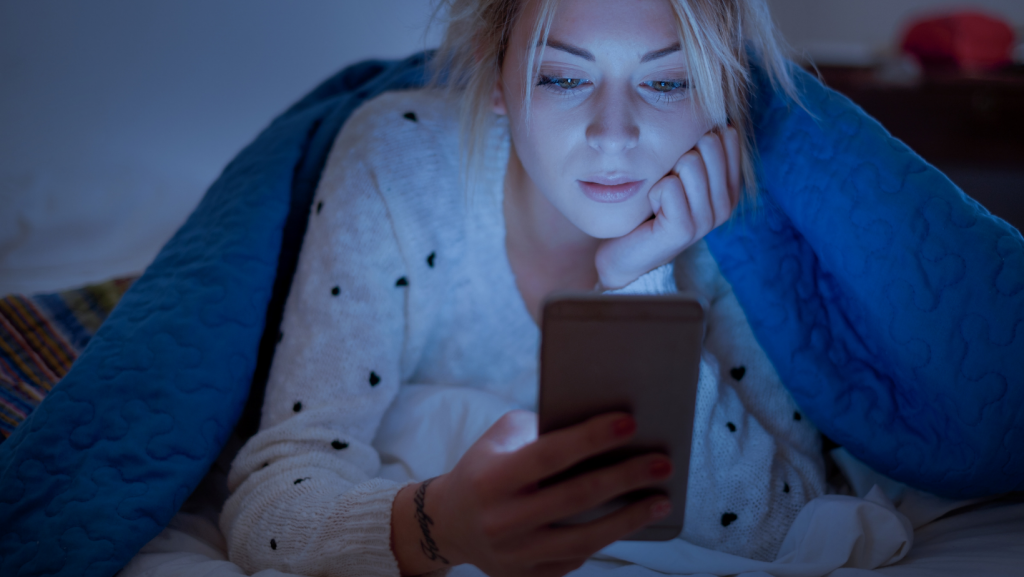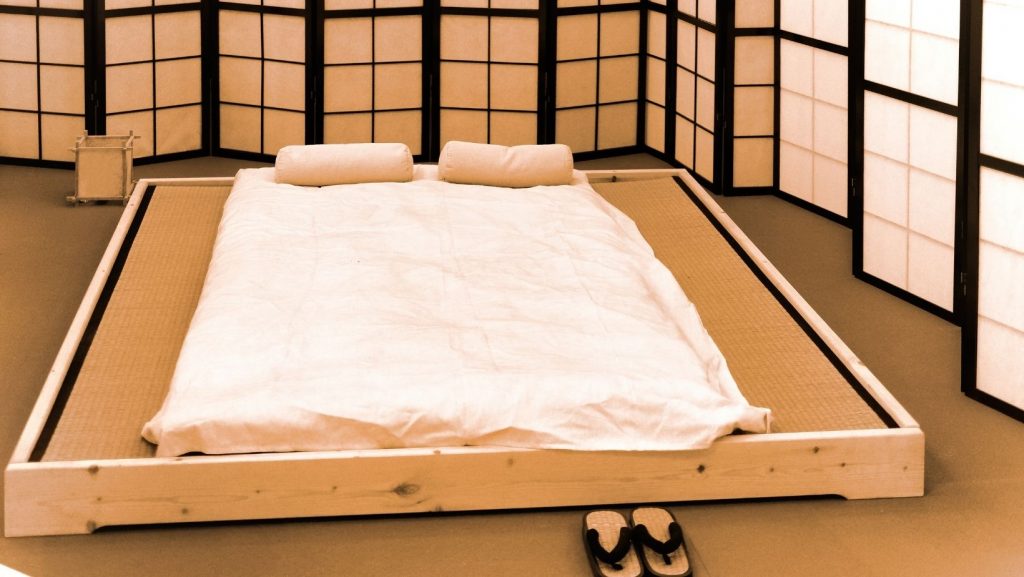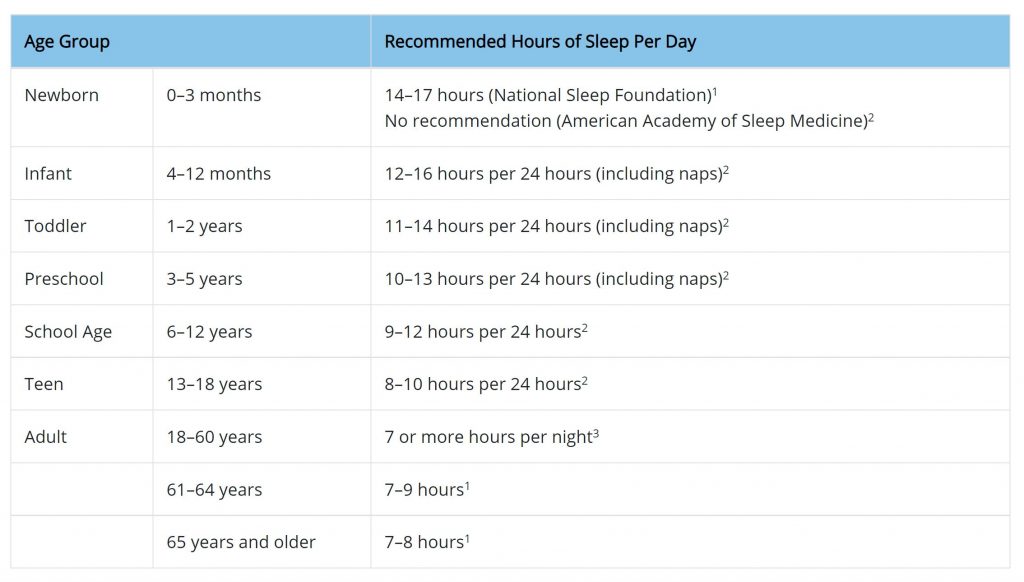
There is nothing more refreshing to the body than a good night’s sleep. Use this free unit study to learn why sleep is so important and how to get the most of out of your time of rest while you earn your Sleep badge. Other badges you may wish to earn alongside include things like Nutrition, Home Decorating or Disease (specific).
Why is sleep necessary?
According to the National Hearth Lung and Blood Institute, “Getting enough quality sleep at the right times can help protect your mental health, physical health, quality of life, and safety.
The way you feel while you’re awake depends in part on what happens while you’re sleeping. During sleep, your body is working to support healthy brain function and maintain your physical health. In children and teens, sleep also helps support growth and development.
The damage from sleep deficiency can occur in an instant (such as a car crash), or it can harm you over time. For example, ongoing sleep deficiency can raise your risk for some chronic health problems. It also can affect how well you think, react, work, learn, and get along with others.”
The world record for how long a person can go without sleeping is 264 hours (about 11 days) which was set in 1965. Just because a body can survive for that long does not mean there are not consequences however. Sleep depravation causes loss of cognitive and motor functions and can even cause hallucinations. Getting adequate sleep is crucial for a person’s health and well being.
To Do: Create a bedtime routine to help you go to sleep. This may mean reading a story, singing a song, playing music or having a specific stuffed animal or comfort item with you. Use the same bedtime routine for at least a week.
Fulfills preschool requirements #1&2
How much sleep do you need?
How much sleep you need depends on your age. According to the CDC these are the recommended amounts of sleep for each age group.
To Do: Based on the chart above, figure out how much sleep in recommended for your age. For one week, track how much sleep you get using the chart below. If you are not getting enough sleep or too much sleep, make changes to your sleep routine. Older participants can use the more in depth sleep diary found on the Sleep Foundation’s website.
Fulfills Level 1 requirement #2

What affects sleep?
There are a wide variety of factors that can affect the quality and quantity of sleep you get at night. Some are positive and improve your sleep while others are negative and can lead to sleep depravation. Below are a few examples from the Sleep Foundation:
Positive Effects
- A regular sleep schedule, going to bed and waking up at the same time each day, can improve sleep.
- A quiet, darkened bedroom avoids distractions that can keep you awake and tells your circadian rhythm that it is time to sleep.
- A comfortable bed and pillow allows your body to rest comfortably and stay asleep longer.
- Exercise and movement during the day helps you to fall asleep faster when you go to bed.
Negative Effects
- Consuming caffeine, sugar or alcohol, especially in the late afternoon or evening, can interfere with one’s ability to fall asleep or stay asleep.
- Using “screens” such as cell phones and computers within several hours of going to sleep can enhance alertness and make it difficult to fall asleep.
- Obesity can impair breathing and cause sleep apnea which interferes with sleep.
- Snoring (by you or others near you) or excessive noise can wake you up and prevent you from falling back asleep.
To Do: Make a list of all the positive and negative things you can think of in your life that affect your sleep. How does this list affect your overall sleep quality? Do you have more positive or negative factors affecting your sleep? Work to eliminate the negative factors and increase positive factors. Then review your sleep quality again. Did changes in your behavior help your sleep?
Fulfills Level 2 requirement #2

What is circadian rhythm and how does it affect sleep?
Circadian rhythms are those physical, mental, and behavioral changes occur in a 24-hour cycle. So what does this have to do with sleep? Circadian rhythms control your sleep/wake cycle in regards to light and darkness. Your body is programmed to sleep when it is dark and be awake when it is light. Exposure to light at a different time of day can reset the body and throw off your sleep schedule. Nerves directly link your eyes and your body’s master clock. When daylight fades, your eyes signal your brain to make more melatonin, a hormone that makes you feel sleepy. And when the sun rises again, the signals tell the brain to turn down the melatonin.
There are several things that can throw off your circadian rhythm and make sleep more difficult. For example if you travel to a different time zone, it will get lighter or darker much faster than your body is used to which throws off your natural rhythm. It usually takes a few days in your new time zone to reset your rhythm.
Any amount of light signals your brain that it’s time to be up and alert. Light from your tablet, smartphone, or TV has this effect so using these devices too close to bedtime or past your normal bedtime throws off your rhythm.
To Do: On a weekend or other morning you do not have to be anywhere, try the following experiment. Before you go to sleep the night before, determine what time you want to wake up in the morning. The wake up time should be a time that you usually wake up. For example, if you wake up to go to school at 7 am., tell yourself to “Wake up at 7 am.” Do not set an alarm clock. Then just go to sleep and see what time you wake up the following morning.
Repeat this experiment several times and keep a graph to compare how close your came to waking up at your desired time. For example, if on the first day you woke up at 7:15 instead of 7:00, you would be off by 15 min. If on the second day you woke up at 7:10 instead of 7:00, you would be off by 8 min. Are their any patterns to your graph?
Fulfils optional requirement #13

What are sleep disorders?
There are wide variety of diseases and disorders that affect the amount and quality of sleep you get.
According to the Sleep Foundation, most sleep disorders can be characterized by one or more of the following four signs:
- You have trouble falling or remaining asleep
- You find it difficult to stay awake during the day
- There are imbalances in your circadian rhythm that interfere with a healthy sleep schedule
- You are prone to unusual behaviors that disrupt your sleep
Some diseases that affect sleep include:
- Apnea
- Narcolepsy
- Insomnia
- Shift Work Disorder
- Restless Leg Syndrome
- Parasomnias
To Do: Choose one of the disorders above or one of your choosing and research it. What are the symptoms? What is the treatment? What complications can arise from it? What causes it?
Fulfills Level 4 requirement #2

Nap time!
According to the Mayo Clinic napping offers various benefits, including:
- Relaxation
- Reduced fatigue
- Increased alertness
- Improved mood
- Improved performance, including quicker reaction time and better memory
Napping can also have negative effects however including:
- Sleep inertia. You might feel groggy and disoriented after waking up from a nap.
- Nighttime sleep problems. Short naps generally don’t affect nighttime sleep quality for most people. But if you experience insomnia or poor sleep quality at night, napping might worsen these problems. Long or frequent naps might interfere with nighttime sleep.
To Do: Take a series of naps at the same time each day (before 3pm so it doesn’t interfere with your nighttime sleep.) On the first day take a 15 minute nap. On the second take a 20 minute nap. On the third take a 30 minute nap. On the fourth day take a 1 hour nap. Compare how you feel after each nap. How much time refreshes you verses making you more tired and groggy?
Fulfills optional requirement #12

Beds throughout history and around the world
Different cultures and geographic areas have different ideas of what makes a comfortable bed. Happy Beds has a great article entitled., “Around the World in 80 Winks: Different Beds in Different Cultures.”
Some cultures sleep on mattresses while others prefer hammocks. A traditional Indian Bed, the Manji consists of a wooden frame and ropes while in some regions in China they use the Kang Bed-Stove. This bed uses a large brick or clay platform built with interior cavities, which spreads the heat from a stove across the entire platform so the entire family can keep warm.
The Spruce has a good article on the history of beds. From prehistoric piles of leaves or grass to cushion the body to modern day mattresses, beds have evolved greatly over the centuries. This article covers the oldest mattress ever found, from 77,000 years ago, to the modern memory foam mattresses.
To Do: Design a bed. Choose a specific person (real or imagined) and design the perfect bed for them. How wide, long and tall should it be? What type of mattress should it have? Would it be fancy or plain? What type of linens and pillows would be on it?
Fulfills optional requirement #16
To Do: Take a field trip to a mattress store and learn about different types of mattresses.
Fulfills optional requirement #20







